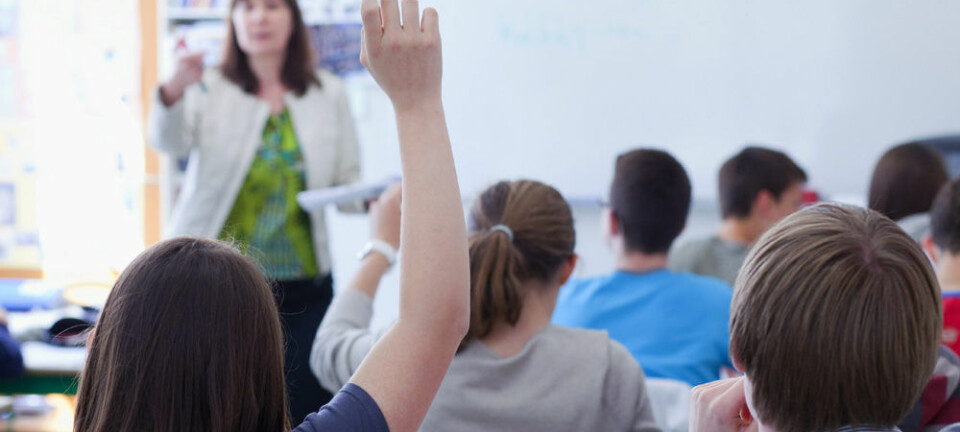
Still text-based in the classroom
Text is still the dominant feature in primary school teaching, while visual media are less utilised, according to a Swedish study.
Digital technology and innovations such as tablets, e-readers and smartphones have made visual media important channels of information in modern society. So how does this affect how we teach children to read and write?
A study at the Swedish University West has examined teaching methods in three different primary schools, and the range of media that were used. Three classes were followed from Year 1 to Year 3, with the researchers observing teaching in class, interviewing the teachers and exploring educational approaches. The classes varied in terms of access to digital tools and pupils’ socioeconomic background.
Marked difference in teaching
The findings show a marked difference in teaching methods. One class focused on teaching one thing at a time, using primarily hand-written texts. In another, where there were a number of pupils with Swedish as a second language, clear communication was emphasised over hand-writing. The pupils shared computers, writing digitally from the start.
“The pupils combine different expressive formats such as writing and imagery, with the images as the starting point. There’s a high degree of tolerance for ‘learning as you go’ and deviating from the plan,” says Katarina Cederlund, Reader in Pedagogy at University West.
In the third school language lessons were integrated in digital teaching. Every pupil had a personal tablet, the text was digital and visual media was a central part of the teaching approach.
Text is still dominant
But the text-based format is still dominant in Swedish teaching, despite a variety of teaching models, according to Sylvana Sofkova Hashemi, Associate Professor in Educational Science at University West.
“Pupils have different needs, the technical opportunites vary, and the pedagogues have different agendas,” she points out.
Similar variations in Norway
The variety of teaching methods is mirrored in Norway, according to a recent survey from the Norwegian Centre for ICT in Education.
“The responsibility for enabling use of digital tools in the classroom lies primarily with school management and the owners (ie local councils), while teachers are left to decide how these tools actually are integrated in teaching,” says Vibeke Kløvstad, the centre’s Head of Communications.
Digital tools required
The Norwegian curriculum includes several objectives requiring the use of digital technology, and others where digital tools and activities are merely suggested
Interactive smartboards are used by many primary schools, since it encourages interaction between teacher and pupils. The smartboards can be used to show video clips, for instance of natural phenomena, or using animation to visualise math topics.
Tablets have also proved beneficial for younger pupils as there is no need for a keyboard, and use is intuitive.
Must be guided by pedagogy
“It’s imperative that the use of digital tools is guided by pedagogical objectives, and not by choosing a technology platform,” says Kløvstad.
”For instance, I don’t think it should be mandatory to introduce a tablet for everyone. It’s definitely something the pupils should be taught how to use - but how it’s used to support teaching is a separate matter.”
Nevertheless, there is a need for digital tools developed specifically for younger pupils, she adds. So far innovations in this field have been targeted at secondary school and further education.
------------
Read the Norwegian version of this article at forskning.no







